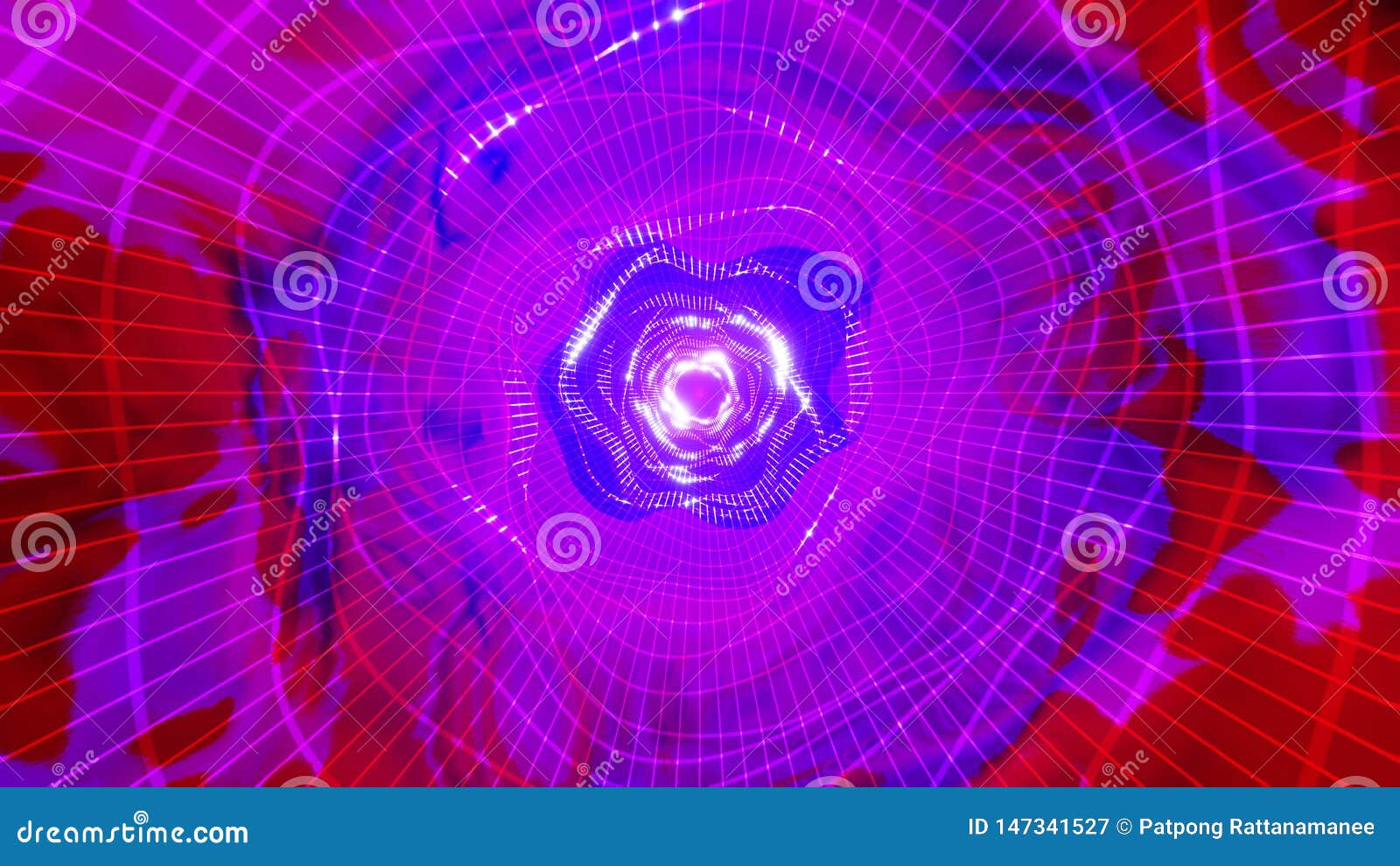

How can we expect to become an interstellar species when all available methods with either take centuries (or longer), or will involve sending a nanocraft instead?Īt present, such a thing just doesn't seem to be entirely within the realm of possibility. And questions like "long will it take us to get the nearest star?" seem rather troubling when we don't make allowances for some kind of hypervelocity or faster-than-light transit method. When it comes to the future of space exploration, some very tough questions seem unavoidable. These results, which were deemed to be inconclusive, were presented at the 2013 Icarus Interstellar Starship Congress held in Dallas, Texas. White and members of Eagleworks published the results of their 19.6-second warp field test under vacuum conditions. When you turn the field on, everybody doesn't go slamming against the bulkhead, (which) would be a very short and sad trip." There are no tidal forces, no undue issues, and the proper acceleration is zero. So somebody's clock onboard the spacecraft has the same rate of time as somebody in mission control here in Houston might have. And although this is just a microscopic instance of the phenomena, we're perturbing space time, one part in 10 million, a very tiny amount… The math would allow you to go to Alpha Centauri in two weeks as measured by clocks here on Earth. "We've initiated an interferometer test bed in this lab, where we're going to go through and try and generate a microscopic instance of a little warp bubble.

But then, in 1994, a Mexican physicist by the name of Miguel Alcubierre came along with proposed method for stretching the fabric of space-time in way which would, in theory, allow FTL travel to take pace. One of these restrictions is the belief that the speed of light is unbreakable and hence, that there will never be such a thing as FTL space travel or exploration.Įven though subsequent generations of scientists and engineers managed to break the sound barrier and defeat the pull of the Earth's gravity, the speed of light appeared to be one barrier that was destined to hold. Since Einstein first proposed the Special Theory of Relativity in 1905, scientists have been operating under the restrictions imposed by a relativistic universe. In this particular mathematical model of spacetime, there are features that are apparently reminiscent of the fictional " warp drive" or "hyperspace" from notable science fiction franchises, hence the association. On paper, it is a highly speculative, but possibly valid, solution of the Einstein field equations, specifically how space, time and energy interact. In physics, it is what is known as the Alcubierre Warp Drive.


 0 kommentar(er)
0 kommentar(er)
